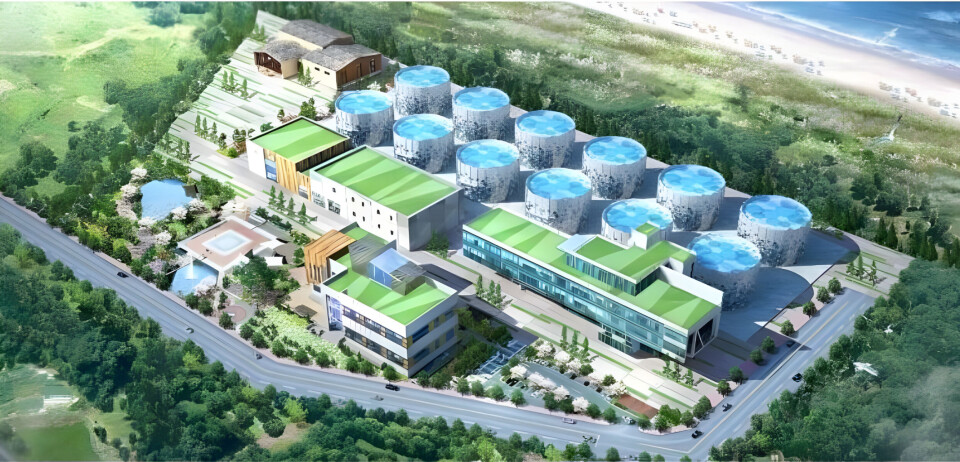
Salmon Evolution puts North American ambitions on hold
Land-based salmon farmer says Norway and South Korea are at front of the development queue
Norwegian land-based fish farmer Salmon Evolution’s plans to expand to North America have been put on ice, partly due to US President Donald Trump’s tariffs policy.
A recent clarification of regulations in Norway has also made expansion at home a better bet, Salmon Evolution said in its third quarter report today.
“In July 2025 the new regulation for land-based aquaculture in Norway was put into law. Salmon Evolution’s grow-out facility at Indre Harøy is fully compliant to the new requirements,” wrote the company.
“Consequently, with full regulatory clarity and by far the most efficient salmon farming value chain globally - a key enabler for industry cost leadership - Norway is highly attractive for further expansion.”
Growth pipeline
The company added that it has a tangible growth pipeline at Indre Harøy - an island between Kristiansund and Ålesund - with all permits in place for up to 36,000 gutted weight tonnes in annual production.
“Activity and investments in international expansion projects have been reduced to a minimum, as development of the Indre Harøy site remains Salmon Evolution’s foremost priority.”
It said it is continuously exploring other possible high-potential expansion sites in Norway, focusing on sites with similar, optimal farming conditions as Indre Harøy.
Tariff uncertainty
Salmon Evolution has also undertaken an extensive site search in the last few years in North America, and initially envisaged a first harvest by 2028. Several high-potential sites had been identified in areas with an existing salmon farming value chain, but development across the Atlantic has been put on the back burner.
“Considering the current geopolitical situation and uncertainty with respect to tariffs combined with the expected capex and opex structure, Salmon Evolution has a ‘wait and see’ approach to future expansion in North America,” wrote the company.
It is more positive about its joint venture with Dongwon Industries in South Korea. The plan is to develop, build and operate a land-based salmon farming facility with a capacity of 16,800 gutted weight tonnes.
“Design and engineering activities are mostly completed, and permitting is on track and not considered a material risk for realisation the project. In South Korea work is ongoing with authorities on financial support for the project to increase attractiveness and returns, with further clarifications expected towards the end of 2025,” wrote Salmon Evolution.